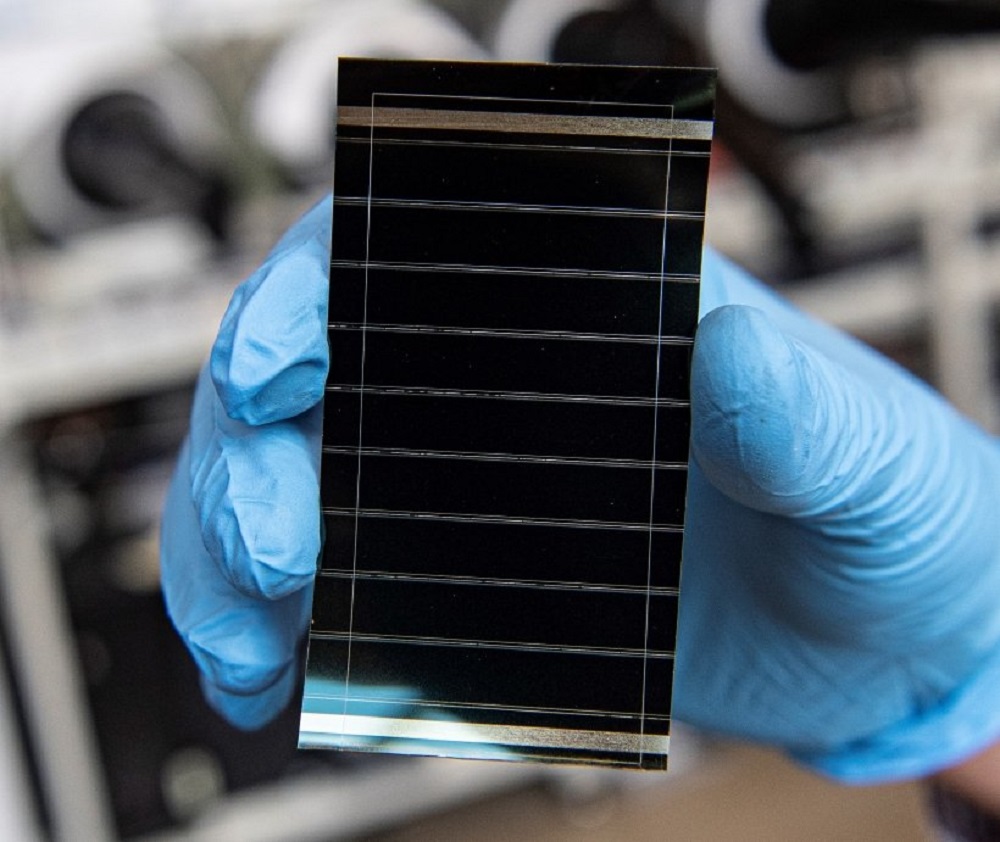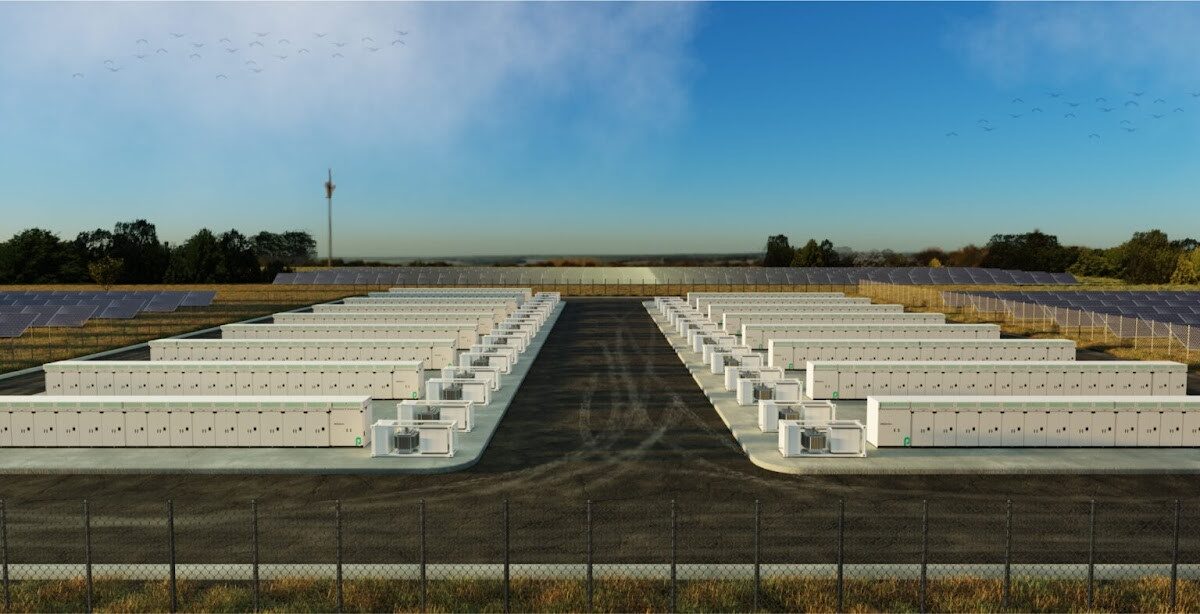Research by the National Renewable Energy Laboratory (NREL) on bifacial perovskite solar cells has yielded backside efficiencies of 91% to 93%, leading the researchers to conclude that bifacial perovskites may be a preferable pathway for a lower levelized cost of electricity. The results are published in Joule magazine.
Perovskites hold promise for their low cost to produce, and their thinness allows them to be deposited on most surfaces. While challenges remain with the stability and longevity of perovskites, new efficiency records have been achieved month after month in recent years.
Past iterations of bifacial perovskites have struggled to keep up with monofacial cells, which currently have a record efficiency of 26%. Bifacial cells are also more expensive to produce than their single-face counterparts. The NREL researchers noted that for the technology to compete, a bifacial cell should have a front-side efficiency close to the best-performing monofacial cell, and that the backside efficiency rating should be close to 100% of the front side efficiency.
In the newly produced single-junction NREL bifacial cell, an efficiency of 23% was recorded on the front, with the back side achieving 91% to 93% of that efficiency level. The research team said that bifacial cells could generate 10% to 20% more power than single-face cells.
Before constructing the record-breaking cell, researchers used optical and electrical simulations to determine the ideal thickness. The front layer had to be thick enough to absorb most of the photons from a certain part of the solar spectrum, but a perovskite layer that is too thick can block the photons.
On the back of the cell, the NREL team had to determine the ideal thickness of the rear electrode to minimize resistive loss. The team noted the balance between the resistive and optical losses needs to be considered. The transparent oxide rear electrode needs to be sufficiently thick to minimize the resistive loss, but it also needs to be sufficiently thin to minimize parasitic absorption.
The research team found that an ideal thickness for a perovskite layer is around 850 nanometers, which is incredibly thin. For reference, a human hair is roughly 70,000 nanometers thick.
Albedo, or the reflectivity of the surface beneath the solar cell, impacts the output of the backside perovskites. The bifacial output power was measured at 28.5 mW per square centimeter with an albedo of 0.3 and 30.1 mW per square centimeter for an albedo of 0.5.
This research was funded by the U.S. Department of Energy Solar Energy Technologies Office. Read more about recent developments in perovskite research here.
This content is protected by copyright and may not be reused. If you want to cooperate with us and would like to reuse some of our content, please contact: editors@pv-magazine.com.









By submitting this form you agree to pv magazine using your data for the purposes of publishing your comment.
Your personal data will only be disclosed or otherwise transmitted to third parties for the purposes of spam filtering or if this is necessary for technical maintenance of the website. Any other transfer to third parties will not take place unless this is justified on the basis of applicable data protection regulations or if pv magazine is legally obliged to do so.
You may revoke this consent at any time with effect for the future, in which case your personal data will be deleted immediately. Otherwise, your data will be deleted if pv magazine has processed your request or the purpose of data storage is fulfilled.
Further information on data privacy can be found in our Data Protection Policy.